Timepieces as Art: Exploring the Aesthetic Transformations of Watch Design
In an era where technology often overshadows traditional craftsmanship, timepieces have emerged as a remarkable intersection of utility and artistry. The evolution of watch design tells a story that transcends mere functionality; it reflects cultural shifts, technological advancements, and the indelible touch of human creativity. From the ornate pocket watches of the 18th century to the sleek smartwatches of today, the journey of timekeeping artifacts invites us to explore the myriad ways in which form and function blend seamlessly. As we delve into this realm, we will uncover the aesthetic transformations that have defined watch design across the ages, celebrating the artisans and innovators who have pushed the boundaries of materials, styles, and philosophies. Join us as we examine how these extraordinary creations not only measure time but also serve as profound expressions of art, identity, and ingenuity.
The Evolution of Elegance: Tracing the Aesthetic Journey of Watch Design
From the intricate craftsmanship of early timepieces to the sleek lines of modern designs, the journey of watch aesthetics reveals a captivating interplay between functionality and artistry. **In the 16th and 17th centuries**, watches often embodied opulence, adorned with precious metals and gemstones, reflecting the wearer’s status. Artisans were driven by the challenge of compacting astronomical knowledge into tiny dials, often resulting in intricate engravings and vivid enamel work. As industrialization took hold in the 19th century, the focus shifted towards precision and mass production, paving the way for standardized designs that still maintained a touch of elegance.
Entering the 20th century, design philosophies began to diverge, heralding an era of diverse styles. **The Bauhaus movement**, for instance, championed minimalism, stripping away excessive ornamentation in favor of clean lines and functionality. This evolution paved the way for iconic watches like the Rolex Submariner and Omega Speedmaster, which elegantly fused technical innovation with aesthetic appeal. Furthermore, contemporary designers have embraced sustainability and technology, introducing eco-friendly materials and smart features, thus redefining what it means to wear a work of art on one’s wrist. The following table illustrates key movements and their hallmark watch styles:
| Era | Design Style | Notable Examples |
|---|---|---|
| 16th-17th Century | Baroque Opulence | Jaquet-Droz Automata |
| 19th Century | Industrial Precision | Patek Philippe Calatrava |
| 20th Century | Bauhaus Minimalism | Longines Symphonette |
| 21st Century | Sustainable Innovation | Apple Watch |
Craftsmanship Meets Creativity: The Artistry Behind Contemporary Timepieces
In the realm of horology, the fusion of meticulous craftsmanship and boundless creativity has birthed timepieces that transcend mere functionality. Contemporary watchmakers have embraced a philosophy that celebrates aesthetic innovation while adhering to traditional techniques, crafting pieces that are as much about art as they are about timekeeping. Each watch tells a story through its design, utilizing a range of materials and embellishments that evoke individuality and sophistication. With **precision engineering** and **artistic flair**, modern creations showcase features such as:
- Intricate Dial Designs: A canvas for artistic expression, featuring unique motifs, textures, and compositions.
- Innovative Materials: The incorporation of unconventional elements like ceramics, carbon fiber, and sapphire crystal.
- Bold Color Palettes: Vibrant hues that challenge traditional watch aesthetics and appeal to personal style.
The artistry of contemporary timepieces is further exemplified through innovative complications, transforming the functional into the fantastical. Watchmakers invest considerable effort to develop mechanisms that push the boundaries of horological design, encapsulating emotions and narratives within each tick of the second hand. These **masterpieces** often include:
| Complication Type | Description |
|---|---|
| Tourbillon | A mechanism that counters the effects of gravity on timekeeping. |
| Perpetual Calendar | A feature that adjusts for leap years and varying month lengths. |
| Moon Phase Indicator | A display that tracks the lunar cycle, merging practicality with artistry. |
Functional Beauty: How Innovation Shapes the Aesthetic Appeal of Watches
The evolution of watch design has become an intriguing blend of functionality and artistic expression. Manufacturers have increasingly sought to innovate not just the mechanics of timekeeping but also the aesthetic appeal of their creations. **Materials** play a vital role in this transformative journey. From **sustainable wood** to **high-tech ceramics**, each choice offers both durability and a unique visual charm. The integration of innovative materials allows for exquisite textures and finishes, resulting in timepieces that are as pleasing to the eye as they are resilient. Furthermore, features like **transparent cases** enable wearers to appreciate the intricate movements within, turning the mechanics of timekeeping into visible art.
When it comes to design, the latest trends reflect an exciting departure from traditional forms. Many brands are now embracing **bold colors** and **unconventional shapes**, allowing collectors to express their individuality and style. Popular facets of these modern designs include:
- Avant-garde dials with unconventional layouts.
- Smart technology seamlessly integrated into analog aesthetics.
- Artistic engravings that narrate a story beyond mere timekeeping.
Innovative designs are further enhanced through limited editions and collaborations with artists, blurring the line between horology and high art. Watchmakers are not only creating instruments that tell time but also masterpieces that reflect contemporary culture and innovation.
Future Outlook
As we conclude our exploration of timepieces as art, it becomes evident that each watch transcends its functional purpose, serving instead as a canvas for creativity and innovation. From the intricate detailing of mechanical masterpieces to the bold statements of avant-garde designs, the evolution of watchmaking reflects broader cultural shifts and artistic revolutions. The marriage of timekeeping and artistry invites us to appreciate these objects not merely as tools, but as expressions of human ingenuity and aesthetic vision.
In a world increasingly driven by technology, the artistry of watch design reminds us of the value of craftsmanship and the beauty of precision. As we don our wristwatches, we wear not just a mechanism to measure time but a testament to the ever-evolving relationship between art and functionality. As trends continue to unfurl in the horological landscape, we can only anticipate the next wave of creativity that will redefine our perceptions of timekeeping and the artistry that accompanies it.
So, next time you glance at your watch, take a moment to appreciate not just the time it displays, but the story it tells—a narrative woven through decades of innovation, artistry, and cultural expression. After all, in every tick and tock, there lies a pulse of creativity, forever transforming our understanding of what a timepiece can truly be.


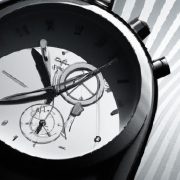
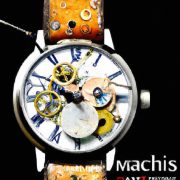


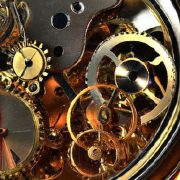








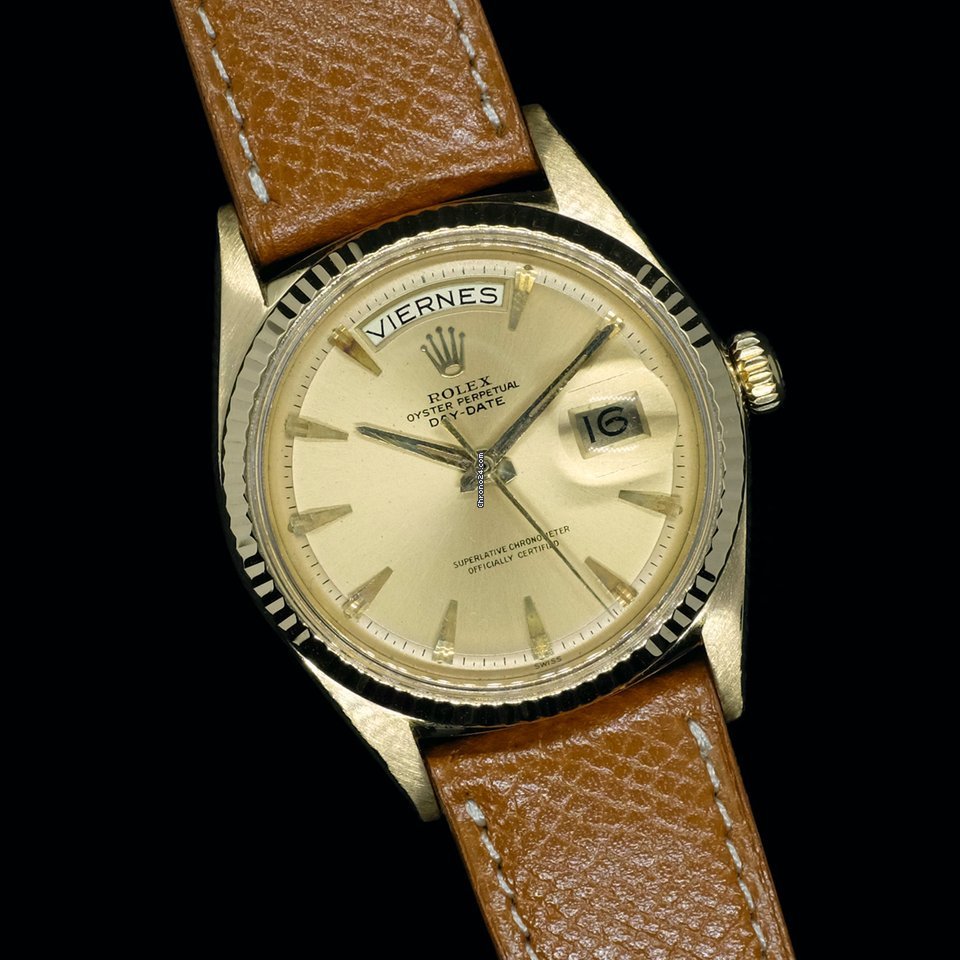
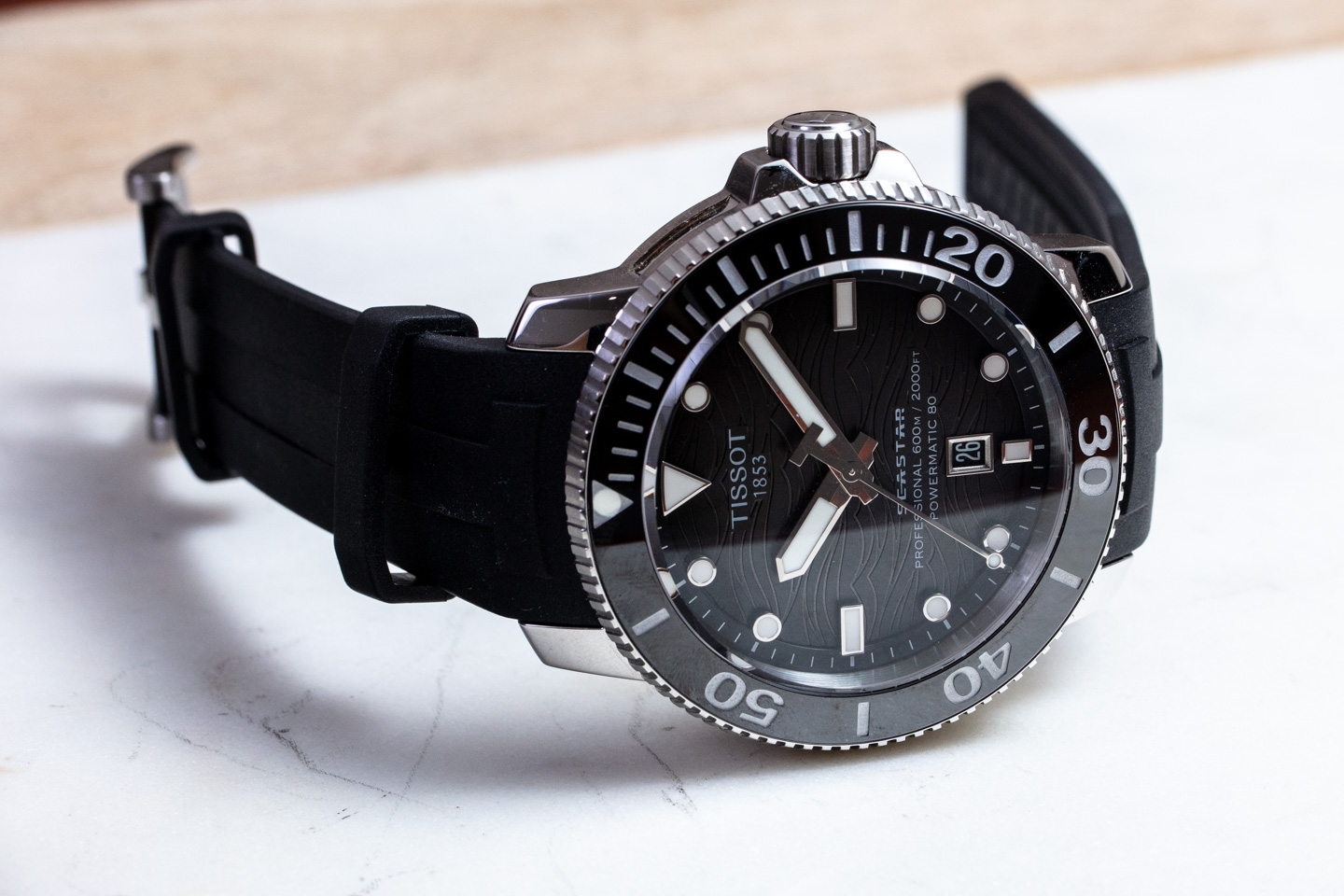
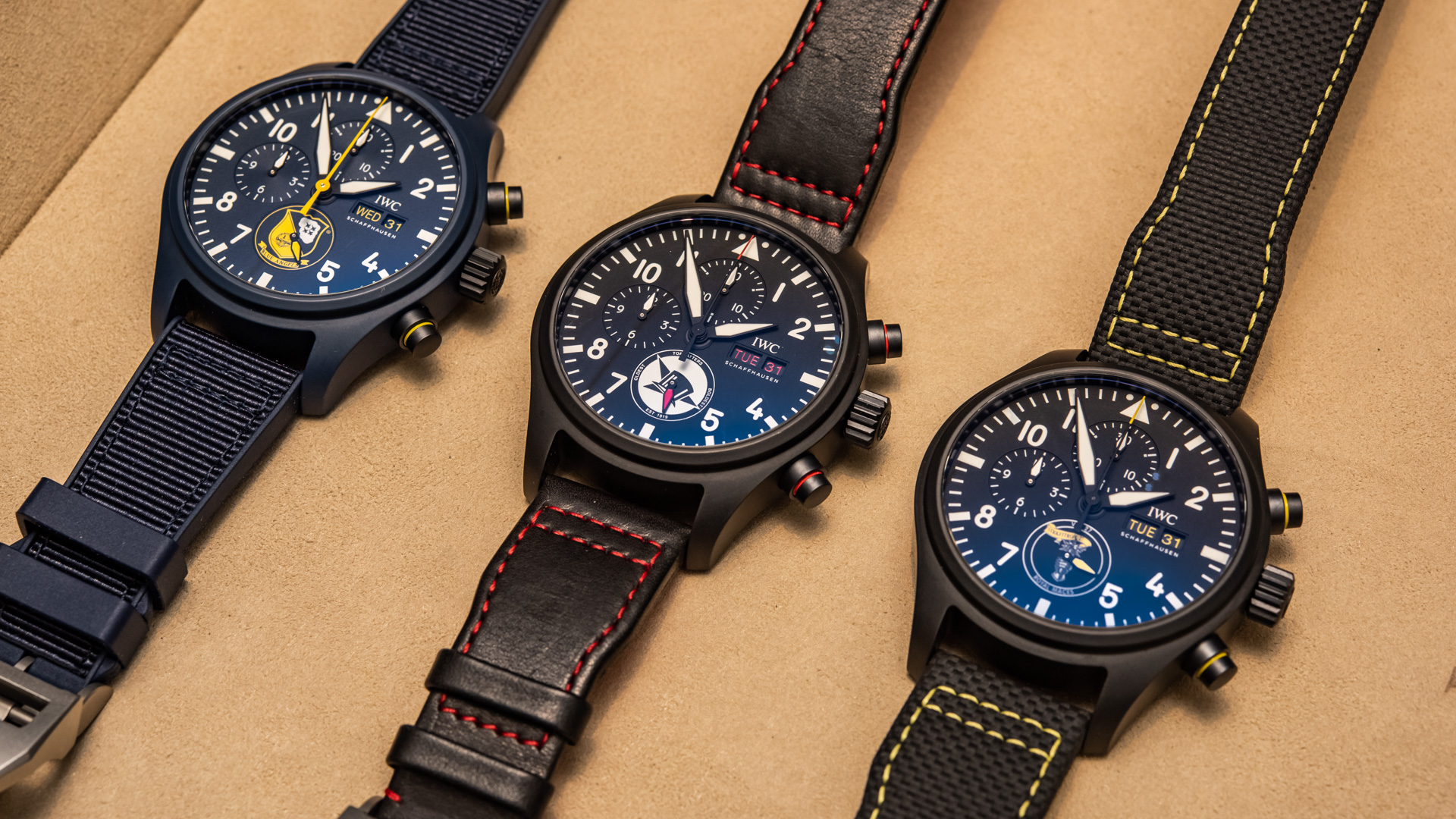
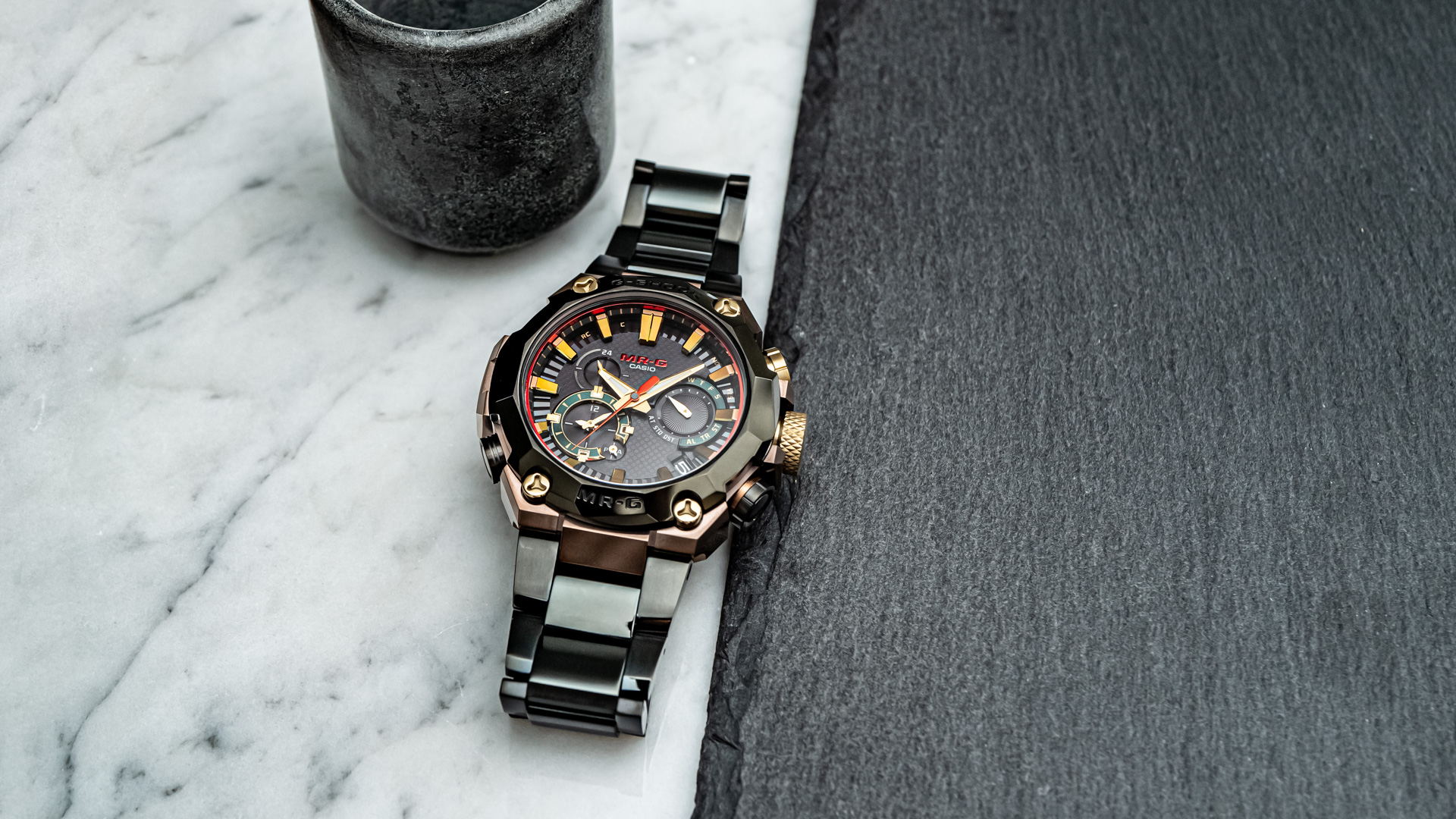
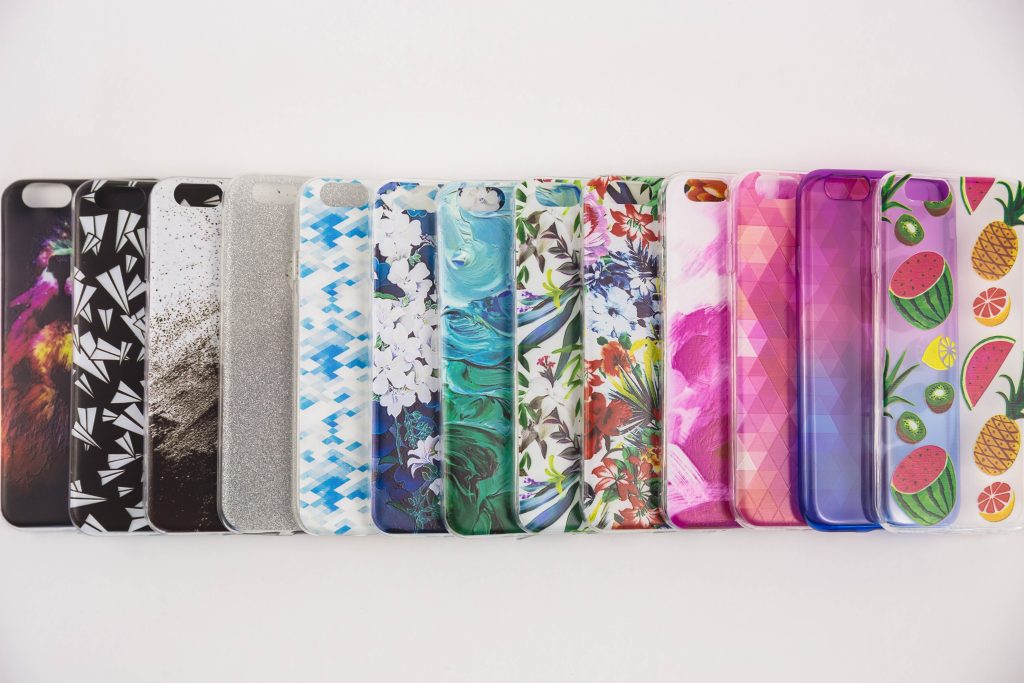

Comments